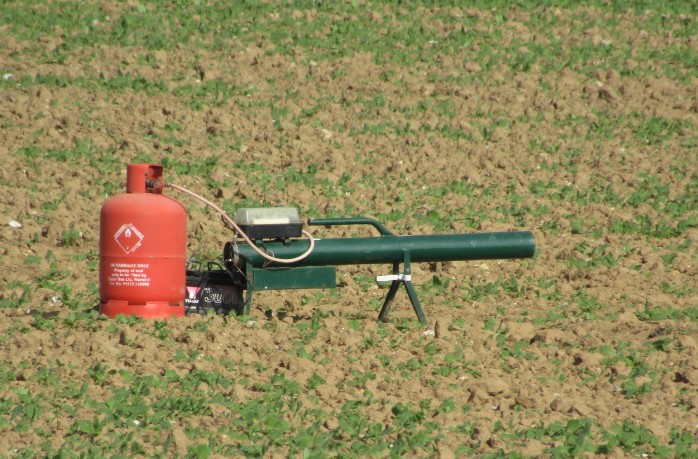Bird scaring and shooting are the most common approaches to pest bird control. It may be possible to scare birds with an unusual, sudden, unexpected, unfamiliar, or dangerous event (scare stimulus) or with something that mimics a predator or its response (for example, bird alarm calls). The first reaction of a bird, when it is scared, is to flee. As the bird attempts to gather information about the scary stimulus, it often goes through a period of curiosity. Each time it encounters a stimulus, it gains more information.
A bird becomes habituated to stimuli when it gathers enough information that it can ignore it unless the stimulus represents a real threat. It may take a while for habituation to occur, depending on many factors, such as the kind of noise and how frequent it is. Scaring is most effective when it is prevented, as habituation is the single biggest hindrance. Scarers of any complexity may have some effect for a short period of time.
There are many bird species found in Australia, and while many of them are wonderful to observe, others can become a significant nuisance when they infest our properties. The constant chirping of birds, including pigeons, seagulls, starlings, and sparrows, can damage crops and deface buildings. The use of electronic bird scarer australia creates an environment that discourages birds from lingering on your property through a combination of auditory and visual stimuli. Birds are less likely to nest in areas where these devices emit distress calls, predator sounds, and other alarming sounds.







